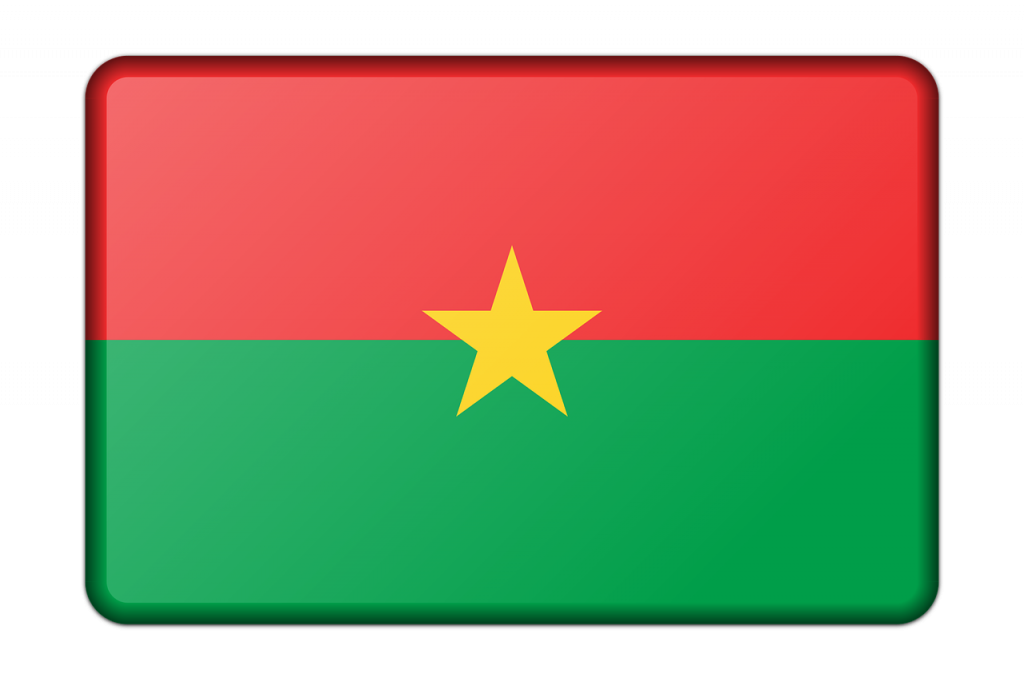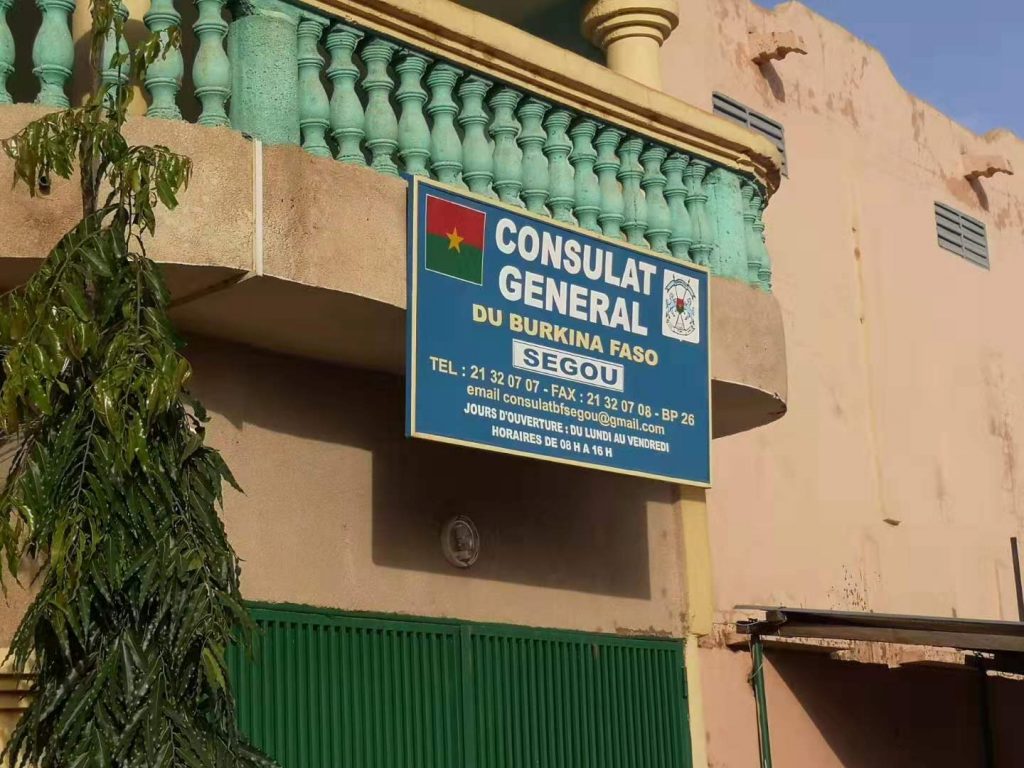Burkina Faso is a country in West Africa that many have not heard of. Let’s dive into the meaning of their national flag so we can understand. Did you know that the flag of Burkina Faso was inspired by the Viet Cong? There’s a lot of ideological history to discover.

Intro to the Burkina Faso flag
The current flag of Burkina Faso ( The Burkinabé flag ) was introduced in 1984. Its colors are that of the pan-African colors that many African nations use. Check out the Ghana flag or Ethiopian flag. Notice the colors of green, red, and yellow. In the case of the Flag of Burkina Faso, these colors were adapted to symbolize a break away from its French colonial past, and solidarity with other independent African nations.
Description
The yellow star stands for the guiding light of the revolution and its leadership. The red stripe on top signifies revolution, struggle, and national consciousness. Green stands for agricultural abundance. The design of the flag was inspired by the National Liberation Front of South Vietnam–the Viet Cong–who were seen by many poor colonial nations as a force against imperial power.
Brief History

Pictured above is the flag of the Republic of Upper Volta. Before independence, Burkina Faso was called French Upper Volta. Why is it called Upper Volta? The geographic location of what is today Burkina Faso occupies the Upper part of the Volta River which contains three parts: the Black Volta, Red Volta, and White Volta; hence the reason for the 3 stripes.
It is virtually identical with the flag of the German Empire, but there is no relation. The red stripe is a slightly darker shade than the red stripe on the Imperial German banner. In 1983, Captain Thomas Sankara led a coup in the Burkina Faso capital, Ouagadougou. He succeeded and became President. Sankara changed the flag to its present day design and changed the country’s name. Burkina Faso means “Land of Incorruptible People” in the languages of the Mossi and Bobo people.






